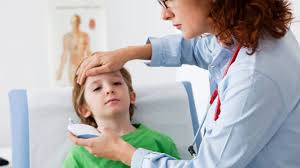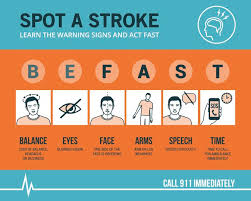
Image: webmd.com
Board-certified emergency physician Zachary Lutsky has served in the emergency department at Cedars-Sinai Medical Center in Los Angeles and at Santa Clara Valley Medical Center in San Jose. In these departments, Dr. Zachary Lutsky dealt with a wide range of emergency situations, including frequently fevers in young children.
When a child has a fever, many parents assume the worst and immediately take the child to the emergency room. While this isn’t necessarily a bad thing to do, low-grade fevers are not always a cause for concern. Most fevers can be handled at home with over-the-counter medications and pediatrician follow up.
Parents should take a baby under the age of 3 months to see a physician when its temperature reaches 100.4 degrees Fahrenheit. Infants should see a doctor at this low-temperature threshold because their immune systems are not fully developed and their bodies cannot properly defend against an infection. A trip to the ER may also be needed if a fever is accompanied by vomiting, difficulty breathing, a rash, or nonstop crying.
Children between 3 months and 3 years with temperatures over 102.2 degrees may be a cause for concern, as are fevers with difficulty waking or inability to keep down fluids. When children are over the age of 3, they usually can handle a fever of 102 degrees for a few days without concern. It is most important to look at the child rather than the number on the thermometer when deciding if they need to come in emergently. A child with a high fever who is running around and playing can probably wait to their pediatrician in the office.

You must be logged in to post a comment.